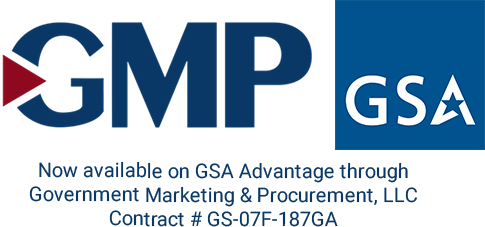Our company was established in 2001 around the concept of operational “status,” so we launched Status-E for the education market and Status-H for health care. But the purpose for each solution was the same: unify alarm and communication systems to provide situational awareness. By harnessing critical information and getting it to the people who need to know, they can respond accordingly to protect people and property.
The Tomorrow Center in Gilead, Ohio, was one of our first customers. It serves students with severe emotional disabilities in grades 3-12, so student behavior can be unpredictable. We outfitted the teachers with mobile duress buttons, carried as pendants on chains around the neck or on belt clips. Pressing the button transmits an alert to the main office or to cell phones carried by emergency response personnel. The solution enhances safety and security for both staff and students, and with that peace of mind comes the ability to concentrate on why they are there: to teach and to learn.
We’ve continued to work with both K-12 schools and colleges/universities to enhance safety and security with situational awareness and response management, from mobile duress to security monitoring/access control and from lockdown notifications to environmental monitoring in server rooms and food stores. With the evolution of our core solution, now called SARA for Situational Awareness and Response Assistant, education environments of any size can improve their communication/alerting/mass notification protocols to protect students, staff and instructional time.
That evolution is also true for our work with health care organizations. Shands at the University of Florida wanted to integrate its various nurse call systems to create a single alerting platform, so we did that for them as well as for The Christ Hospital in Cincinnati, Ohio. There and at other hospitals, we also automated emergency code broadcasting, which is still a manual process for the PBX operator in some facilities. But if clinicians and code teams can receive real-time alerts via their mobile devices, they can increase survival rates and lower costs for the business.
The same is true for senior living communities, where we’ve unified disparate alarm and communication systems to drive awareness transactions to care givers and other staff depending on the situation and desired responses. But situational awareness isn’t just for education and health care; it’s for any organization that wants to better manage risk. Just ask Dannon and Toyota.
So that’s a little history lesson about Status Solutions in terms of why and where we started. Oh yeah, and how we got the name. Hopefully these examples put what we do in better perspective. If we, or one of our partners, can help you improve life safety, security, environmental monitoring or mass notification, give us a call. We’re here to help.
